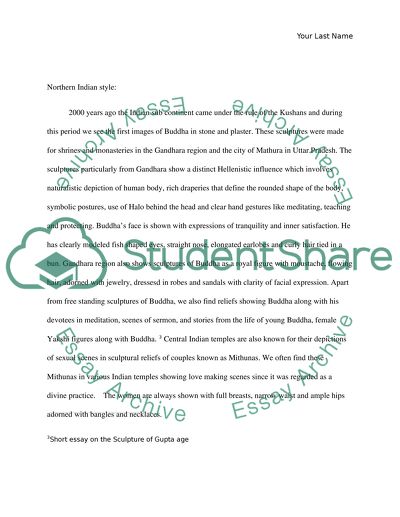Cite this document
(“History of Indian art Research Paper Example | Topics and Well Written Essays - 1250 words”, n.d.)
History of Indian art Research Paper Example | Topics and Well Written Essays - 1250 words. Retrieved from https://studentshare.org/visual-arts-film-studies/1464217-history-of-indian-art
History of Indian art Research Paper Example | Topics and Well Written Essays - 1250 words. Retrieved from https://studentshare.org/visual-arts-film-studies/1464217-history-of-indian-art
(History of Indian Art Research Paper Example | Topics and Well Written Essays - 1250 Words)
History of Indian Art Research Paper Example | Topics and Well Written Essays - 1250 Words. https://studentshare.org/visual-arts-film-studies/1464217-history-of-indian-art.
History of Indian Art Research Paper Example | Topics and Well Written Essays - 1250 Words. https://studentshare.org/visual-arts-film-studies/1464217-history-of-indian-art.
“History of Indian Art Research Paper Example | Topics and Well Written Essays - 1250 Words”, n.d. https://studentshare.org/visual-arts-film-studies/1464217-history-of-indian-art.


